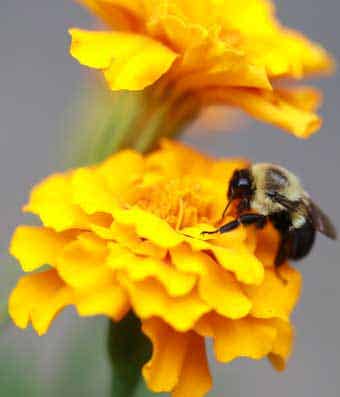- Flower Resource Guide Home
- Occasions
- Anniversary
- Birthday
- Business
- Christmas
- Christmas Around the World
- Christmas Decorating
- Christmas History Trivia
- Funeral & Sympathy
- Funeral and Sympathy Flowers
- Funeral and Sympathy Etiquette
- Types of Funeral Flowers
- Get Well
- Halloween
- This History of Halloween
- Halloween Decorating & Craft Ideas
- Mother's Day
- Gift Ideas for Mother's Day
- What Day Does Mother's Day Fall On?
- Mother's Day History
- New Baby
- Thank You
- Thanksgiving
- History of Thanksgiving
- Thanksgiving Flowers & Crafts
- Valentine's Day
- History of Valentine's Day
- Valentine's Day Flowers & Gifts
- Decorating with Flowers
- Flower & Plant Care
- How to Keep Flowers Fresh
- Flower Meanings
- Meaning of Roses
- Floral Astrology
- Flowers for Men
- Fun Flower Facts
- What are the Different Parts of a Flower?
- What are the Most Popular Houseplants?
- State Flowers
- New Jersey
- North Carolina
- Flower Names for Kids
- How to Make Chocolate Covered Strawberries
- What is the Purpose of Flowers?
- Benefits of Flowers and Plants
When most people think of a flower, it is likely that the image in their minds is one of color, or a memory of a certain scent. But a flower is more than just the various hues of petals or a heady, sweet smell. There are many parts that make up a flower, and all of them are vital to the function and appearance of each blossom.
The stalk of a flower is called the peduncle. It provides support for the flower and attaches to the receptacle. Oftentimes after fertilization, the receptacle becomes part of the fruit that the flower produces. Connected to the receptacle are the sepals. These are the green and leaf-like outer parts of a flower that cover and give protection to a developing bud. Petals are the colorful parts of a flower. They help to draw pollinators to the flower to ensure pollen dispersion and the continuing fertilization and reproduction of flowers.

The female reproductive parts of a flower are collectively called the gynoecium. Making up the gynoecium are pistils. Each pistil is composed of a stigma, a style, and an ovary. The stigma is found at the top of the pistil and is the sticky place where pollen is collected. The style is the connecting shaft between the stigma and the ovary. The ovary is the bottom part of the pistil. It produces ovules, which become seeds after the fertilization process. Each seed contains a plant embryo, endosperm which “feeds” the baby plant, and a protective outer coat.
Together, the male reproductive parts of a flower are known as the androecium. The androecium is composed of stamens. Each stamen is made up of a filament and an anther. The filament is a very slender, stalk-like structure that grows out of the base of the flower and supports the anther. The anther is considered the head of the stamen and is the part of the flower where pollen is produced.
Some plants have both male and female reproductive organs and can self-fertilize. Other plants have either male or female reproductive organs. These plants must rely on the services of pollinators (such as bees) or elements of nature (such as wind) in order for pollination to occur and reproduction of the flower to succeed. Regardless of whether a plant has bisexual or single-sex flowers, it is easy to see that each part of a flower is vital to its continued growth and propagation.